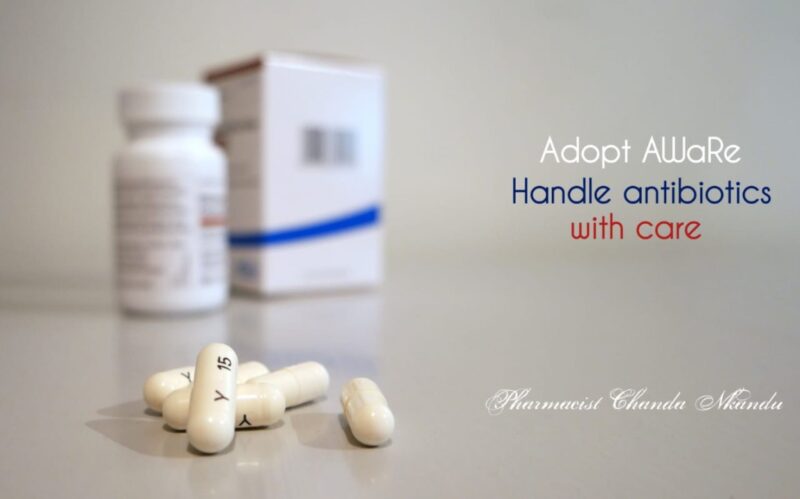A study was released on the 14th of October which revealed the global antibiotics market is projected to reach USD 58.4 billion by 2032, up from USD 42.4 billion in 2023, according to recent data similar to Health Management Market which will grow around to 663 billion. This would mean there has been a compound annual growth rate (CAGR) of 3.7% from 2023 to 2032.
Bacterial infections remain a significant global health issue, contributing to one in every eight deaths worldwide. The rising resistance of bacteria to commonly used antibiotics has further complicated this problem, leading to less effective treatments and higher healthcare costs. In the U.S. alone, the Centers for Disease Control and Prevention (CDC) estimates that treating infections from six major drug-resistant bacteria costs over USD 4.6 billion annually.
In response to this threat the AMR, global health organizations, including the World Health Organization (WHO) and the CDC, have implemented antibiotic stewardship programs. The WHO tracks antibiotic use through Defined Daily Doses (DDD) per 1,000 inhabitants per day, allowing for standardized global comparisons. It has also introduced the AWaRe classification system, categorizing antibiotics into three groups: Access, Watch, and Reserve.

This system is designed to guide appropriate usage and reduce resistance risks by promoting the use of “Access” antibiotics, which are considered safe and effective, and limiting the use of “Watch” and “Reserve” antibiotics, which carry a higher risk of resistance.
The CDC has reported progress in improving antibiotic prescribing practices in the U.S. Outpatient antibiotic prescriptions fell by 10% between 2011 and 2020. However, 30-50% of antibiotic prescriptions are still considered unnecessary or inappropriate, highlighting the need for continued efforts to curb misuse. Stewardship programs are also expanding in long-term care facilities, where careful management of antibiotic use is particularly critical for vulnerable populations.
The penicillin segment accounted for 24.5% of the market’s revenue in 2022, making it the largest segment. Penicillin remains a widely used antibiotic class for treating a variety of bacterial infections. The respiratory infections segment is expected to see the most significant growth during the forecast period, reflecting the continued high demand for antibiotics to treat such conditions.

Broad-spectrum antibiotics, which are effective against a wide range of bacteria, held the largest share of market growth. The hospital pharmacy segment accounted for 28% of total revenue in 2022, driven by the high demand for antibiotics in hospital settings where serious infections are treated.
Read also: Maternal Mortality Is on The Rise
Geographically, the Asia-Pacific region leads the global antibiotics market, accounting for 45% of total revenue. This region’s high population density and increasing antibiotic consumption contribute to its dominant market share. Between 2000 and 2015, global antibiotic consumption increased by 65%, and the use of antibiotics in animals is projected to rise by 11.5% from 2017 to 2030.
References:








